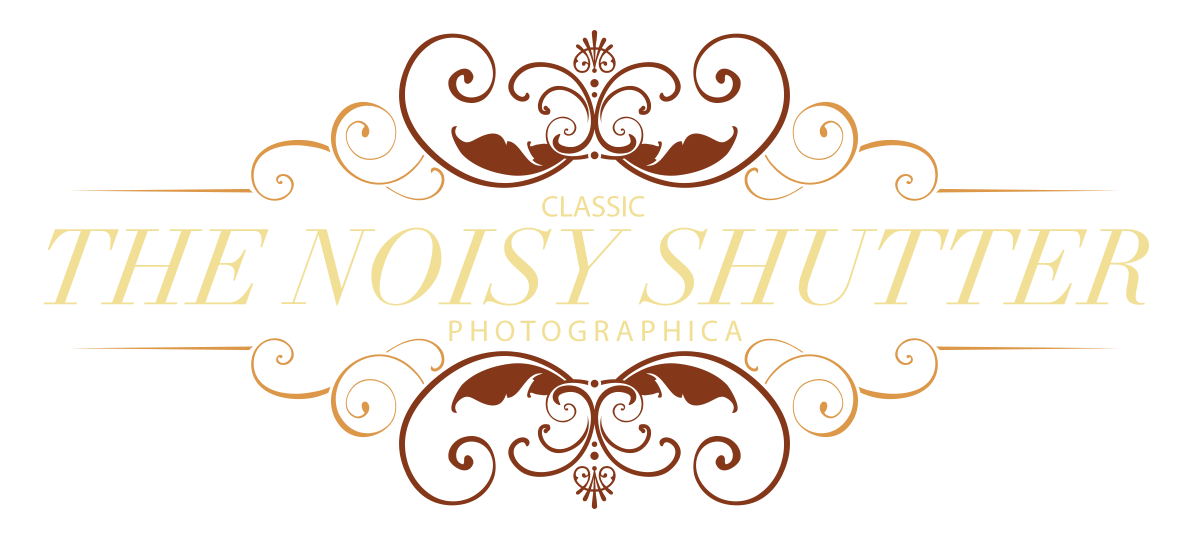Decidedly un-exotic, this vintage Yashica was a $10 thrift shop purchase, attached to the Yashinon-DX 50mm f1.4 lens I reviewed earlier. It was dirty, dusty and the light seals were gone, but it deserved another chance to make photos. Under the grime, I found a very clean and undamaged camera that has become one of my favorite cameras to simply fondle. It is heavy, well-built, and still works as it should.
I have a few Yashica cameras from the era, including the Lynx 14E rangefinder I reviewed previously, and a couple of 120 film TLRs. They are all excellent cameras in their own right, but they all feel somewhat fragile compared to this camera (they aren’t, though). The weight of this camera (particularly with the f1.4 lens) is the first thing I noticed when I picked it up. It could be carved out of solid granite and still weigh less. More about that later.
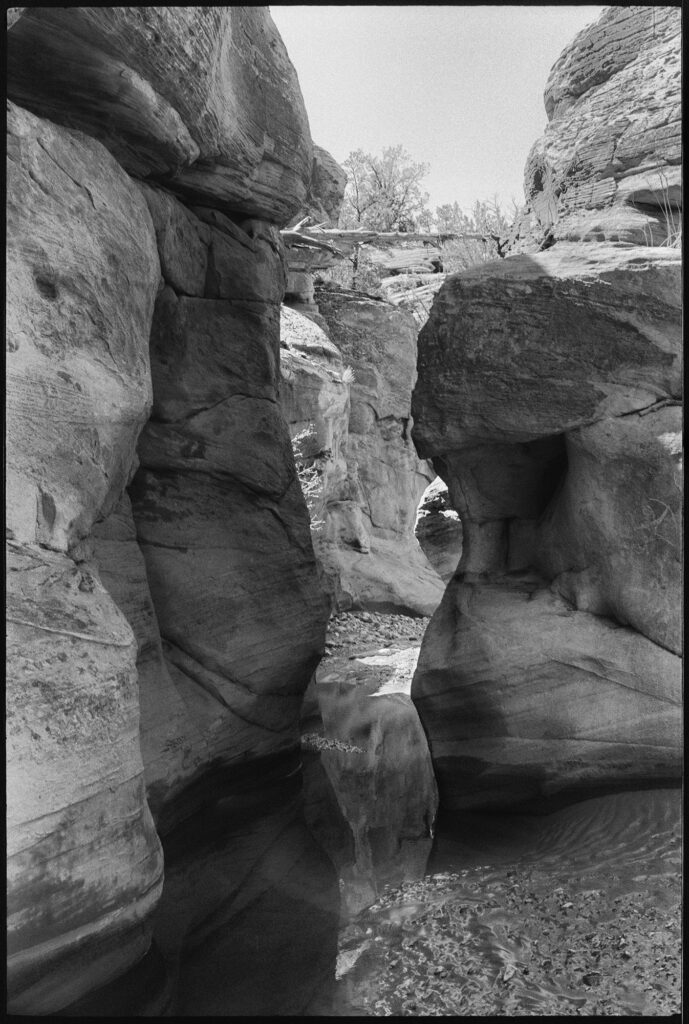
In 1966 Yashica introduced this model, the first to feature TTL (Through-The-Lens) metering. Their first SLR introduced in 1959 didn’t really stand out among its competition, and was only offered with a very limited range of lenses in their proprietary mount. In 1962, they switched to the more universal M42 mount, already in use by Pentax and Praktica. This change proved to be a good one. When the TL-Super came out with TTL metering, their design had clearly matured. Still, they were competing with some stellar cameras, and the TL-Super just didn’t steal the show.
User interface is quite straightforward, offering no mysteries to those who have used cameras from the same era. The top of the camera has and ASA/DIN scale for setting film speed, rewind knob, shutter speed dial, film advance lever, hot shoe for flash and the shutter release. The front of the camera is equally simple, sporting only a self-timer lever, mirror lockup lever, PC socket for flash, and the meter switch. On the bottom you will find the tripod socket, battery compartment, rewind button and the locking lever for the camera back. That’s really all one needs.
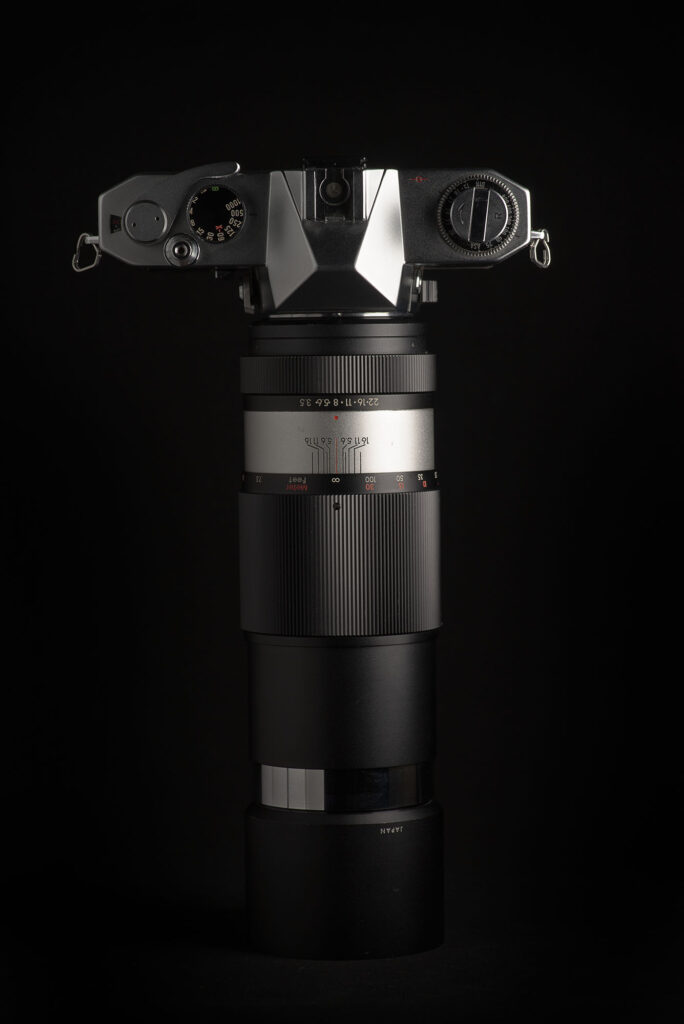
Since there is no mechanism communicating the lens’ aperture setting to the camera body, metering and adjustment must be done differently than with more modern cameras. It is done by sliding the meter switch down, which closes the aperture and activates the over-under needle meter. Shutter speed and aperture are adjusted to center the needle between the brackets visible in the viewfinder, thus ensuring proper exposure. Doing so darkens the viewfinder and requires extra steps, and thus extra time.
Using this camera now, I don’t feel particularly inconvenienced by it. I generally meter with trusted handheld meters anyway. (That said, I can certainly understand the enthusiasm for full-aperture metering that later became the norm.) The first pleasant surprise about the meter was that it only requires one LR44 or equivalent 1.5v battery, which is still very common and available everywhere. So many of its contemporaries used the discontinued mercury oxide batteries. The battery only runs the meter, as the shutter is purely mechanical. The second pleasant surprise was that the meter is still accurate!
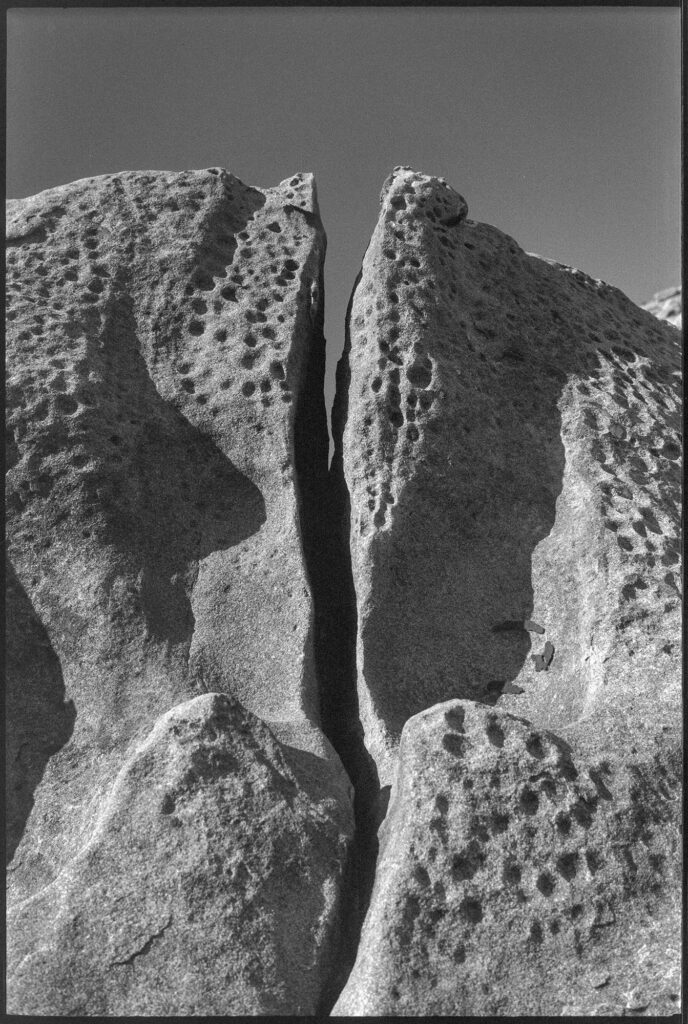
The film advance lever has a long throw, but it is a ratcheting design which allows multiple short movements. This is useful if a strap interferes with advancing the film. Having a mirror lockup is convenient, particularly when using longer lenses on a tripod. This reduces camera shake resulting from the movement of the mirror. Contemporaries such as the Nikkormat FTn and Spotmatic SP didn’t have a hot shoe, but the TL-Super did. Perhaps it was their marketing, or just lack of standout innovation that prevented the TL-Super from achieving fame and fortune. It really did deserve more attention than it apparently received.
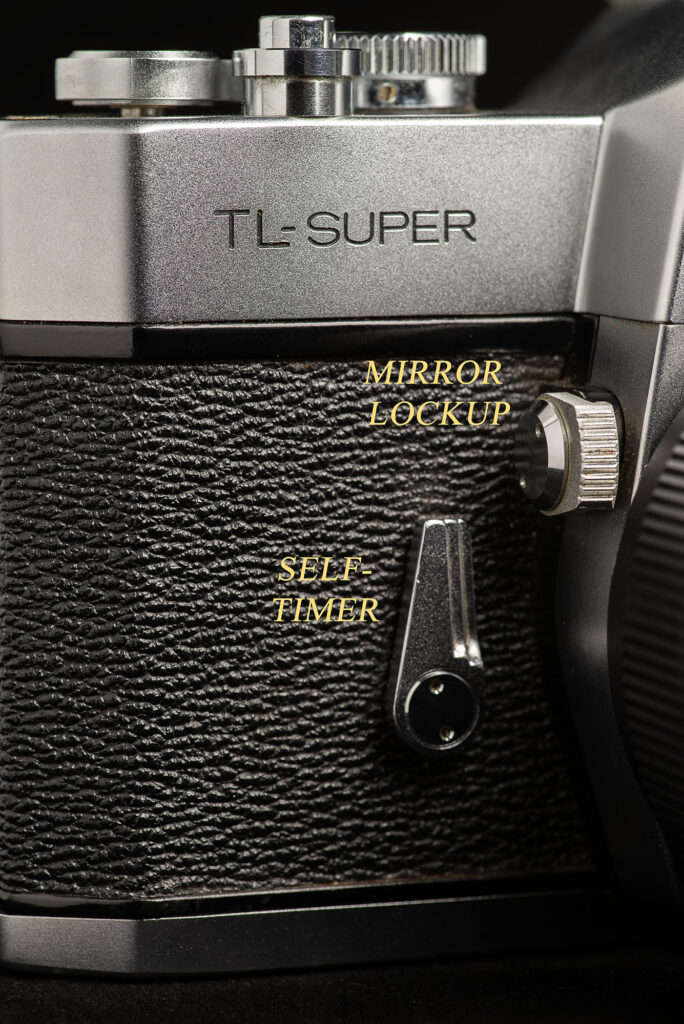
Yashica’s first TTL-metered SLR is nothing if not handsome, particularly with the Yashinon zebra lens. The alternating black and chrome rings of the lens really add to the aesthetics. The lines of the body are exactly what one would imagine in a 1960s Japanese SLR. Form and function, fit and finish are all quite nice, and I don’t find it wanting in any regard. It may not be as sexy as the Spotmatic, or as mechanically refined as the Nikkormat, but consider this: Fifty-six years after being meticulously assembled, including who-knows-how-many years in a basement or attic junk box, it works perfectly. I can’t argue with that.
I would be remiss if I didn’t exhibit some fairness and mention some possible cons. Of course, there is the stop-down metering, but it is what it is. That’s no design flaw, it is simply the standard method of the time. Again, the long throw of the film advance lever can get in a fight with the neck strap. On the last frame of the last roll I shot with it, I managed to tear the sprocket holes while trying to wind the film. I shot three more images without realizing it, and triple-exposed the frame. Those film advance gears are pretty strong, so I would advise taking it easy on the wind lever as you approach the end of the roll.
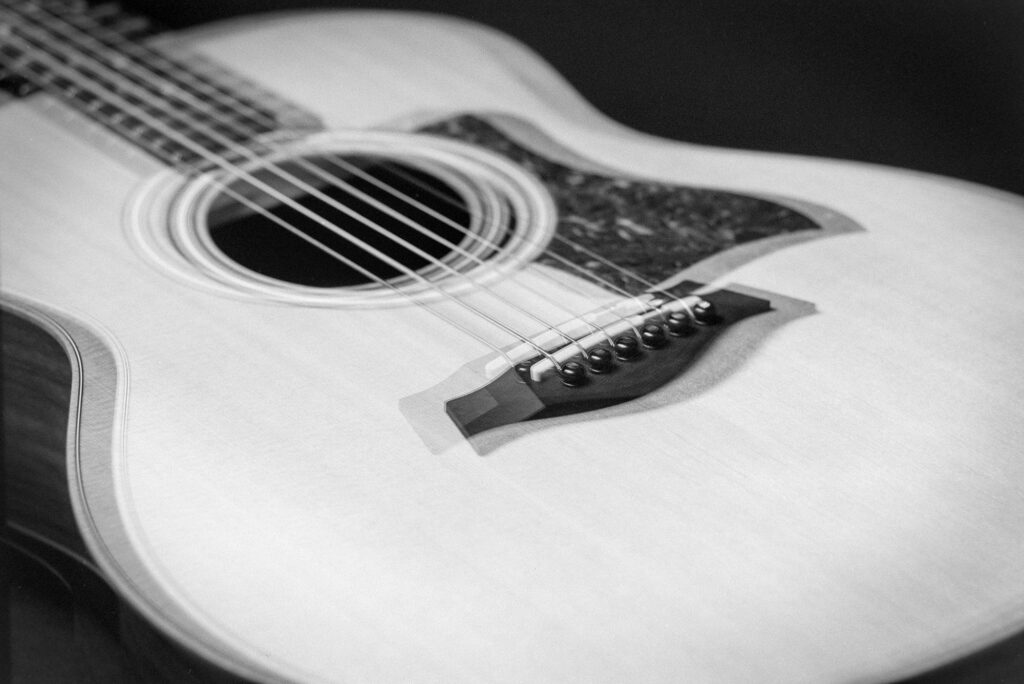
I was also going to mention the weight, but then I decided to weigh it alongside other mechanical cameras from the 1960s and 70s. Here are the results:
Pentax Spotmatic SP 635g
Minolta SRT201 685g
Yashica TL Super 703g
Canon FTb 739g
Nikkormat FTn 762g
From these results I can only say that the weight isn’t excessive; in fact, it is pretty much in the middle of its contemporaries. I have carried all of these in a bag, and on a neck strap, and all with chunky f1.4 lenses. Perhaps its density is perceived—it’s really not that heavy after all. It is certainly heavier than later cameras built with more electronics and plastics. A heavy build can be both advantageous and problematic. While it may contribute to stability and sharpness, it is more likely to be left at home in lieu of something more comfortable to carry.
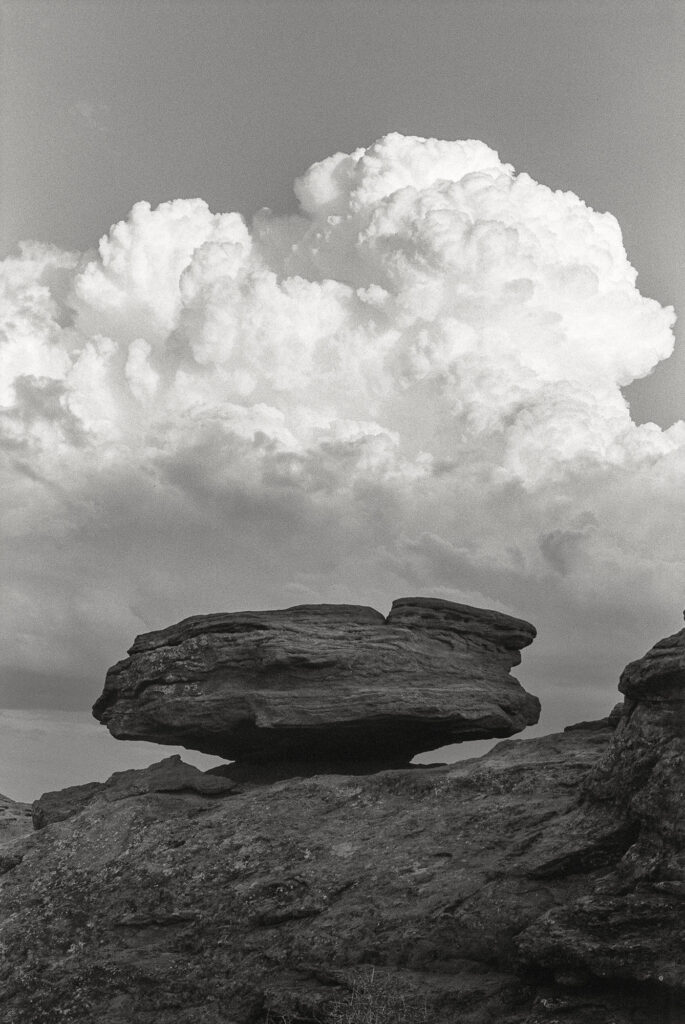
Overall, the Yashica TL Super is a robust, middle-of-the-road camera with no extraordinary features. It does what it is supposed to do. Specifically, it holds the film flat, meters the light, lets in the right amount of light, and moves the film when told to. Having an M42 mount allows it to mount a huge variety of vintage lenses, many of which are top quality. It is simple, strong, and reliable. It wouldn’t surprise me to find this camera still working fifty years from now.
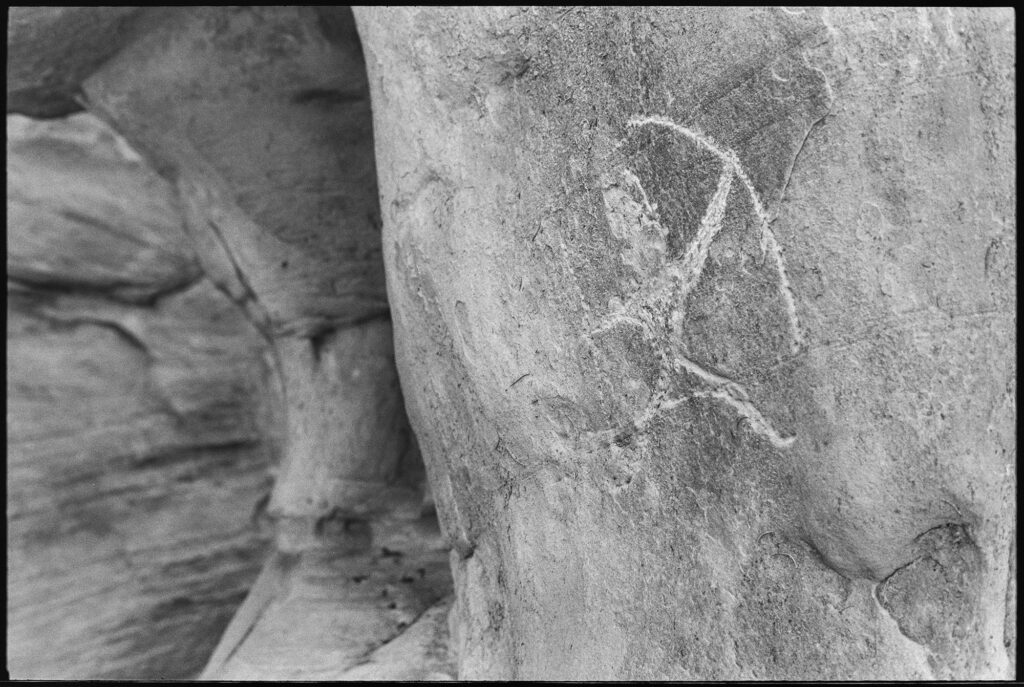
Specs, as usual, are as follows:
Designation: Yashica TL Super 35mm SLR
Introduced: 1966
Weight: 703g (1lb, 8.8oz)
Shutter: Horizontal rubberized cloth focal plane shutter, mechanical
Shutter Speed range: 1-1/1000 second plus bulb
Flash Sync: 1/60 second
ASA range: 25-800
Hot shoe: Yes, plus PC cord socket
Meter: Over-under needle, stop down metering
Battery: 1 x LR44 (for meter only)
Self-Timer: Yes
DOF Preview: Yes, with meter switch
Mirror lockup: Yes
Anything fancy: No, but that’s OK.
